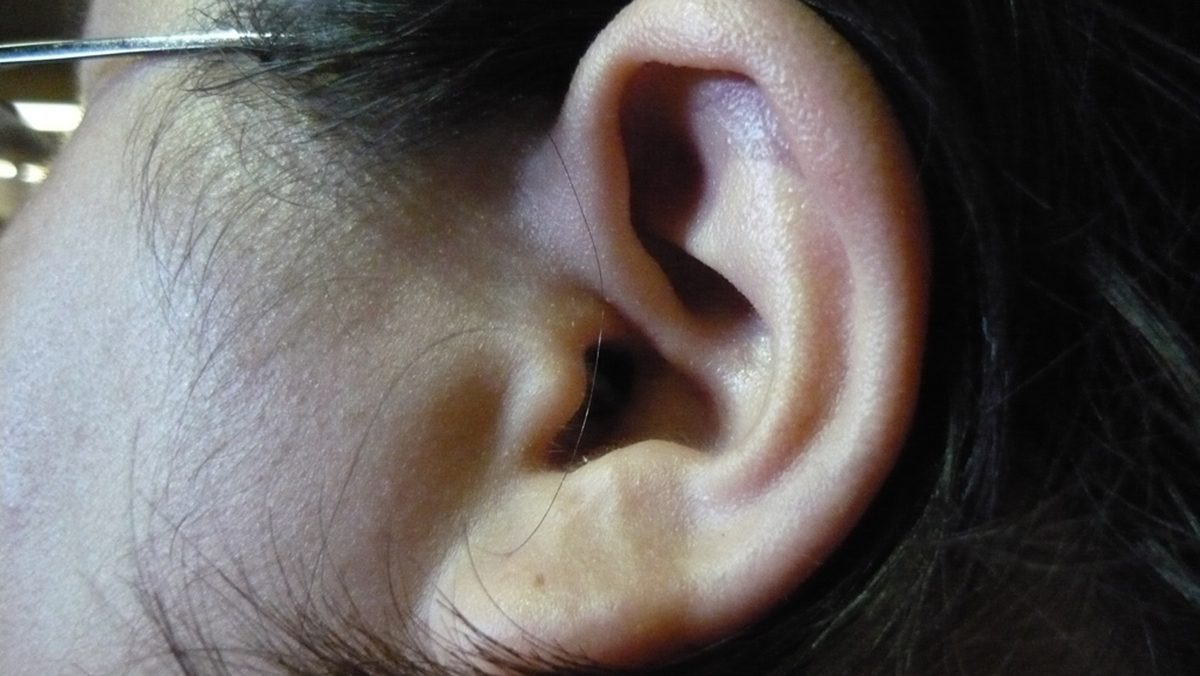Table of Contents
Why would anyone want to listen to hums, crackles, gurgles, and beeps all day, overlaying the usual sounds of everyday life? Swain says that he is not entirely sure himself, and he does not know how long he will tolerate the additional auditory input he receives through his hearing aids. However, he says his use of the technology he and Jones created is about more than just a social commentary on the ubiquity of the Internet.

We already talk to our computers, especially if we use Apple's Siri, Google's OK, or Microsoft's Cortana.
Our tablets and laptops are still trapped in their boxes, but we can become aware of their presence through technologies like Swain's.
A Natural Progression From Hearing Aid Technology
Swain and Jones did not, fortunately, have to invent the hardware to go along with their software. The ReSound and Halo hearing aids made by Starkey Corporation already have the ability to use Bluetooth to connect with iPhones. This makes fine tuning hearing aids easier, but it also elevates hearing aids into an Internet connectivity tool. Hearing aids can function in ways similar to Google Glass, as a kind of advisor in the background throughout the day.
Listening To Data
Swain and Jones take this idea a step further by suggesting that just as their program changes data about Internet activity into sound, other numerical data could also be transformed into sound. Suppose, for example, you are a stock analyst. You spend your entire day looking at charts and graphs and quantitative indicators. You make decisions about when to buy and when to sell on the basis of enormous amounts of data, and you have to keep your eyes peeled to the computer screen to make the right decisions.
Phantom Terrains technology might convert that stream of numerical and statistical data into sound. Oversimplifying the technology a bit, it might be possible to associate rising prices with rising tones, and falling prices with falling tones.
It might be possible to overlay the "sounds" of stock transactions into a smartphone app that doesn't interfere with conversations or everyday sounds around the office, allowing analysts to attend to other tasks, while keeping them in constant touch with their most important trading priorities for the day. Analysts would not have to rely on instant alerts, because they would have been following their target trades all day, but through sound, not through constantly changing numbers, charts, and data.
See Also: Ultrasound for the Brain to Improve Sight and Hearing
Getting Used To New Inputs Will Take Some Time
All of this new information, of course, will take a while to get used to. Just as cataract patients don't see clearly for a few days to a few months while their eyes are getting used to greatly improved vision, and people who have not been able to hear for years have to spend some getting used to being able to hear again, it will probably take a time to wrap your brain around the ability to hear the Internet or to hear data streams relevant to your work or hobbies. But the ability to hear things other can't, using technology, not superpowers, is sure to provide enormous advantages in work and play.
- Swain,Frank. The man who can hear Wi-Fi wherever he walks. New Scientist. 12 November 2014.Photo courtesy of Woodleywonderworks by Flickr: www.flickr.com/photos/wwworks/5349327692
- Photo courtesy of Dr Stephen Dann by Flickr: www.flickr.com/photos/stephendann/3237846153


Your thoughts on this